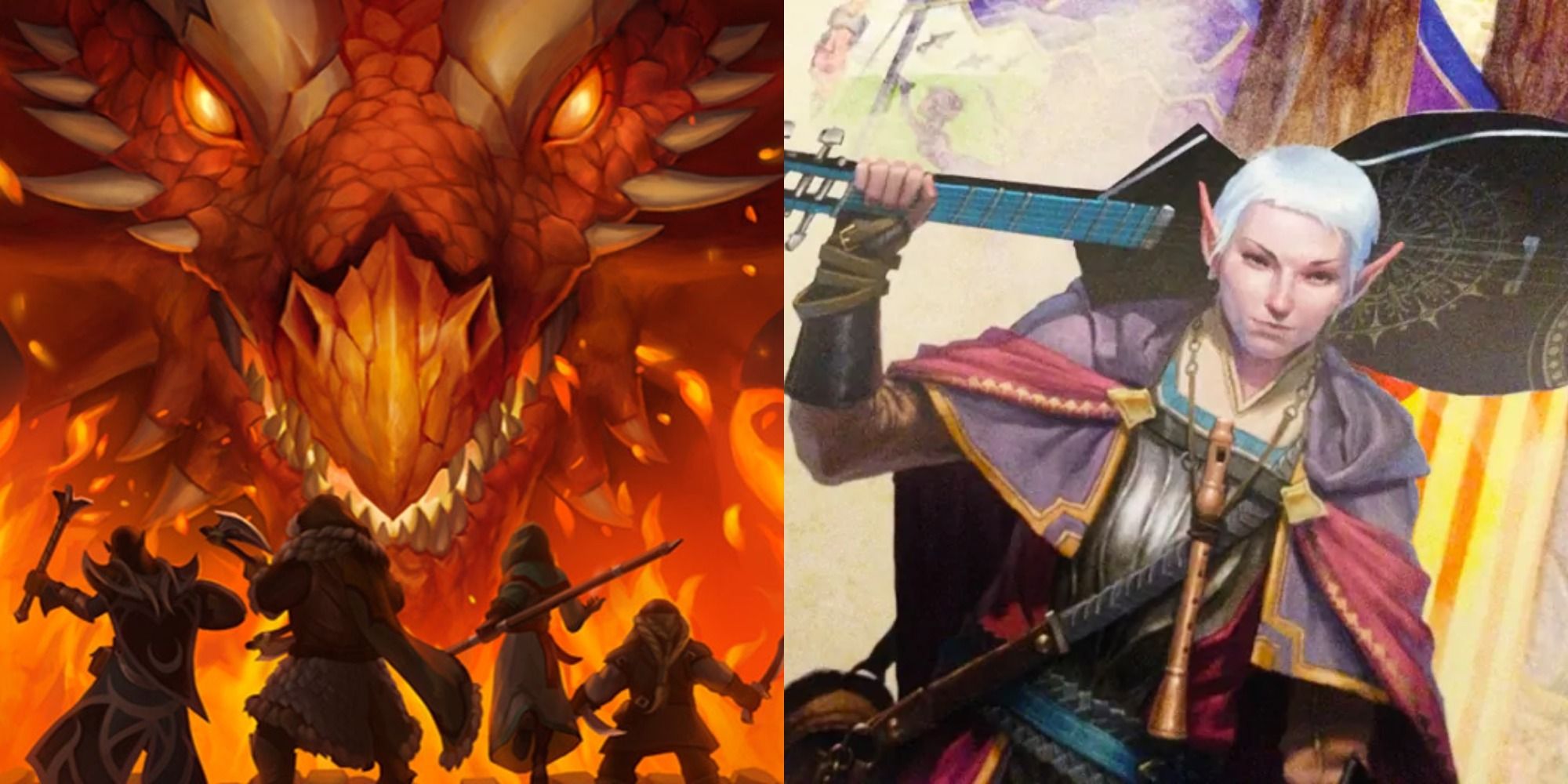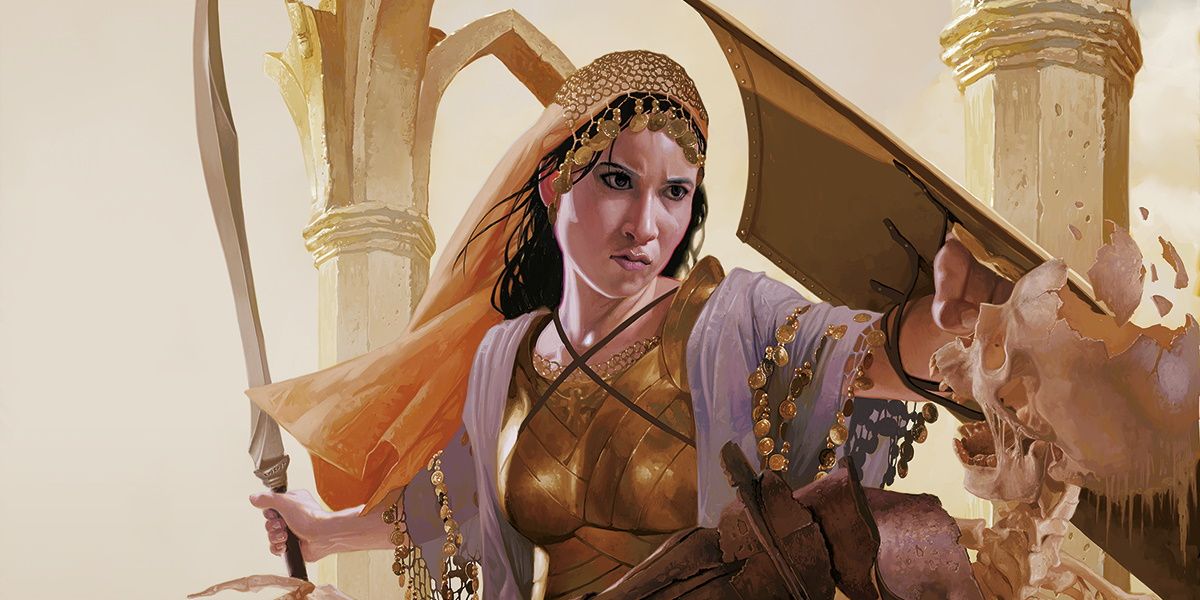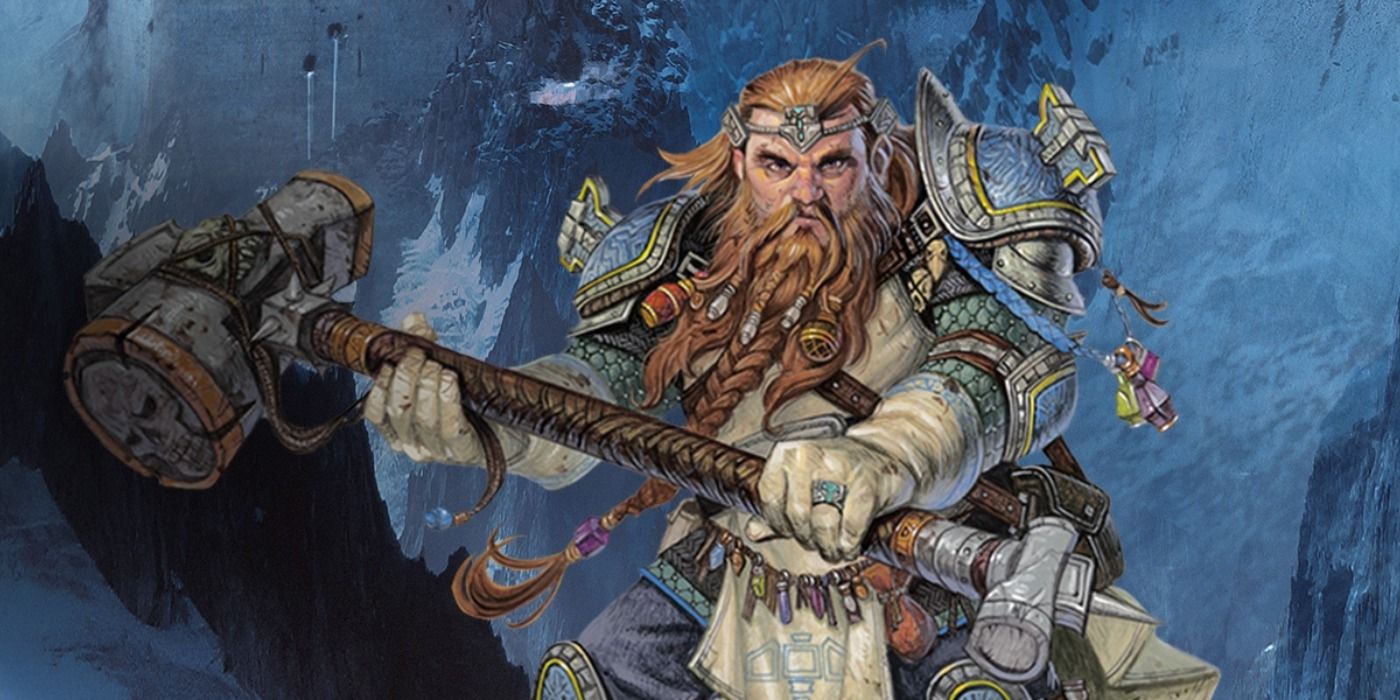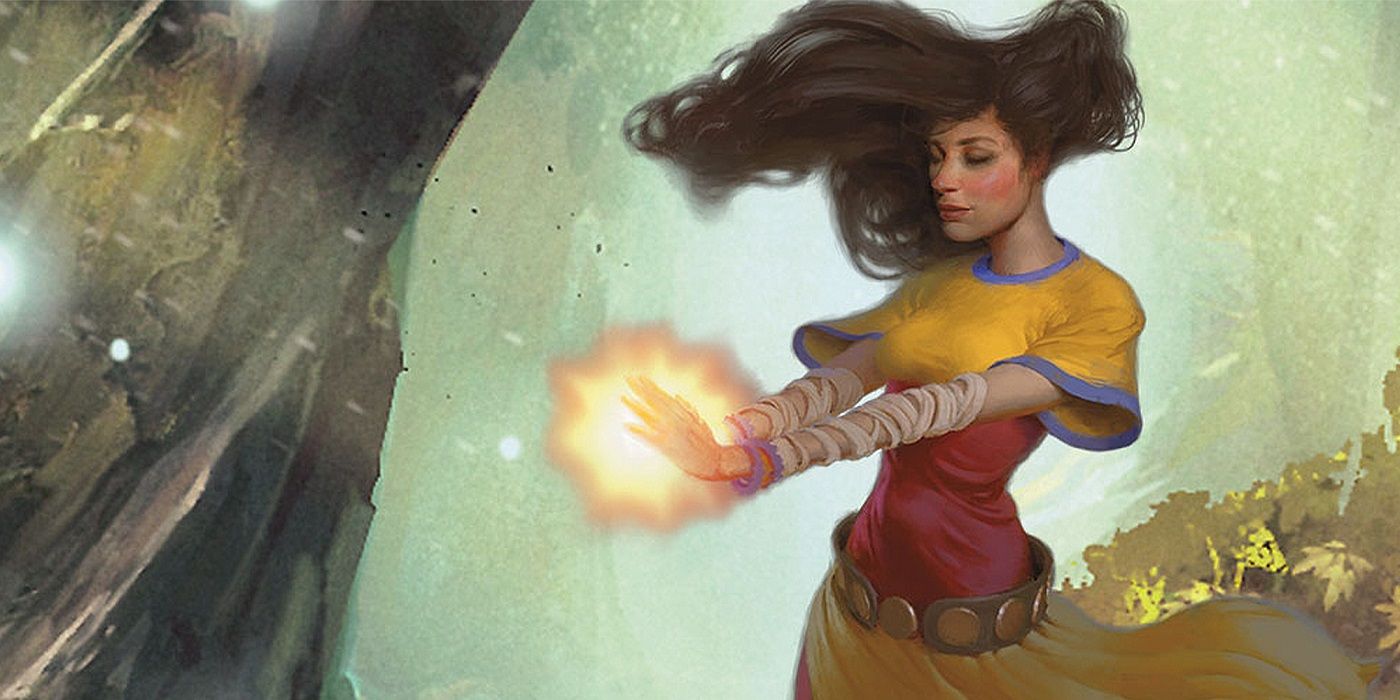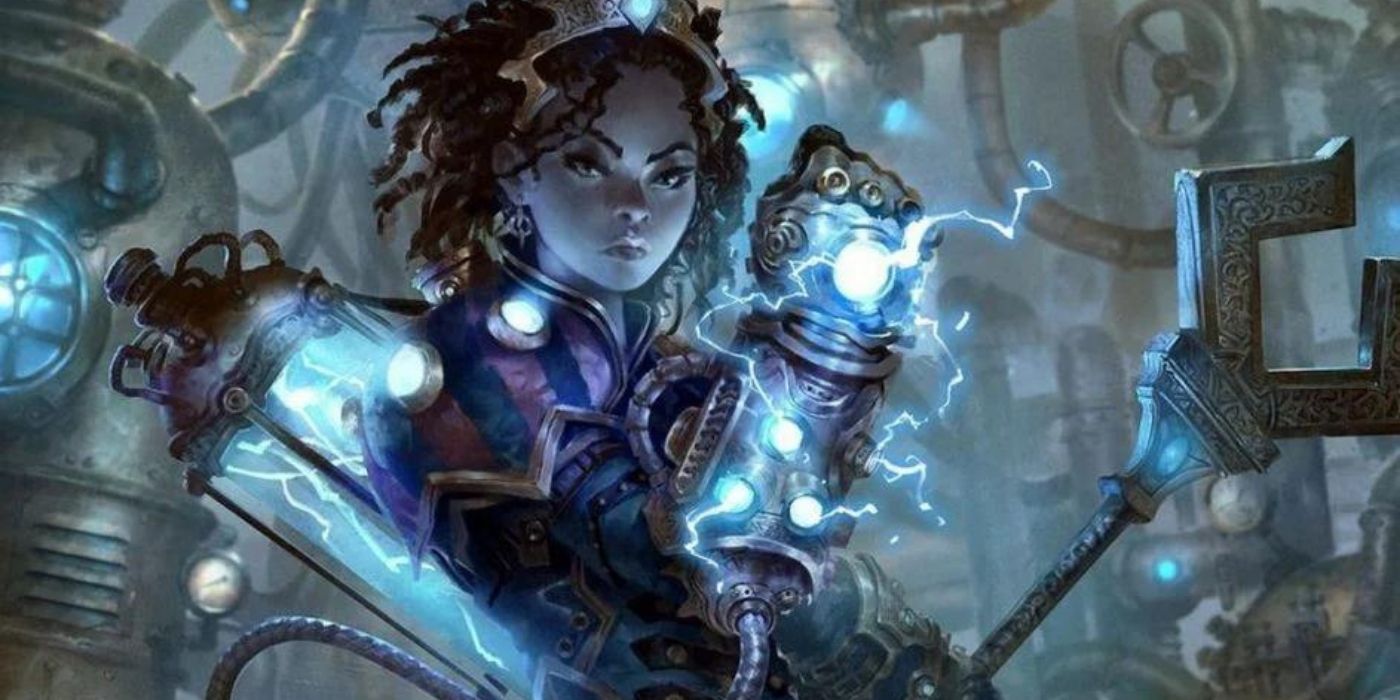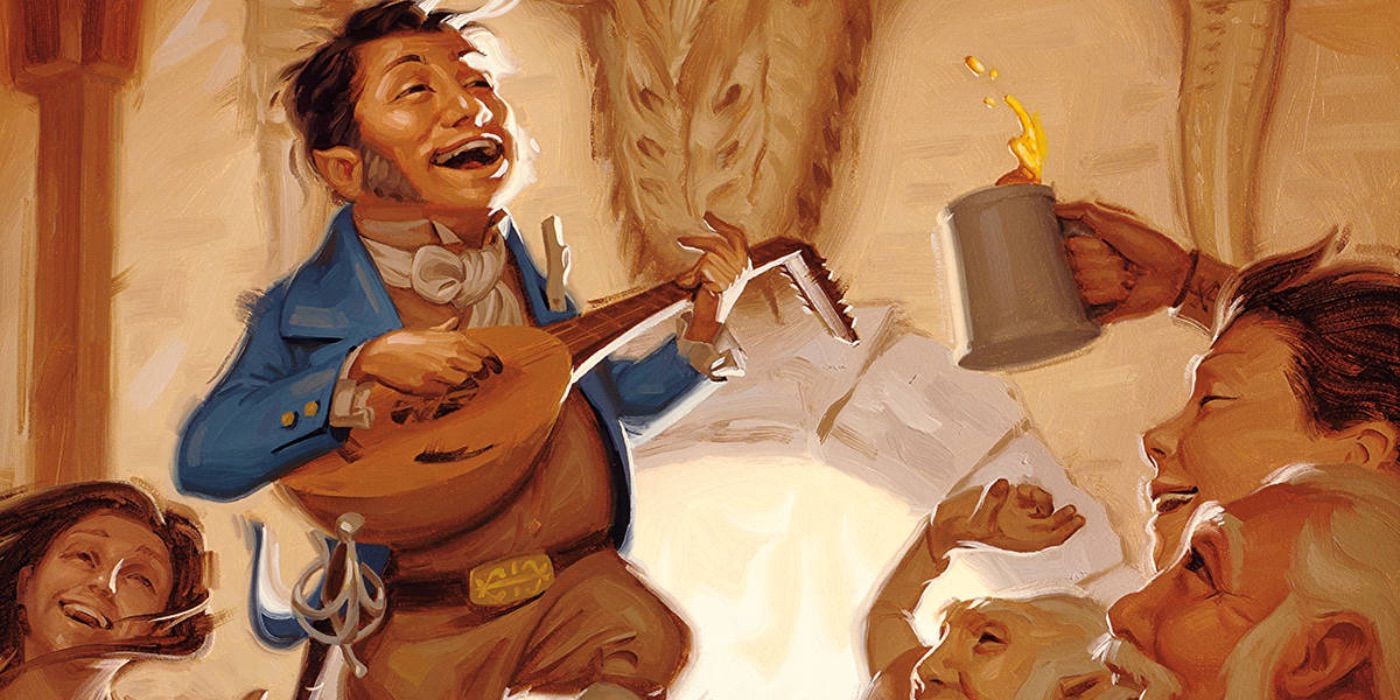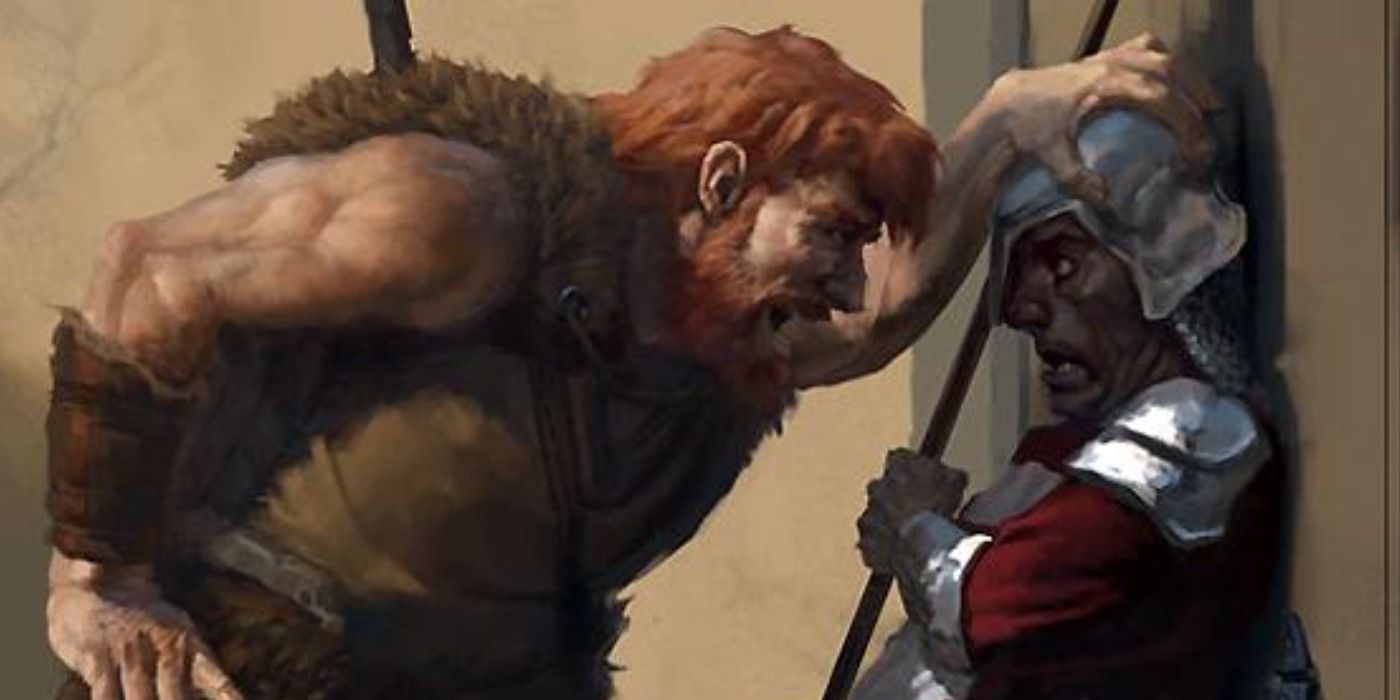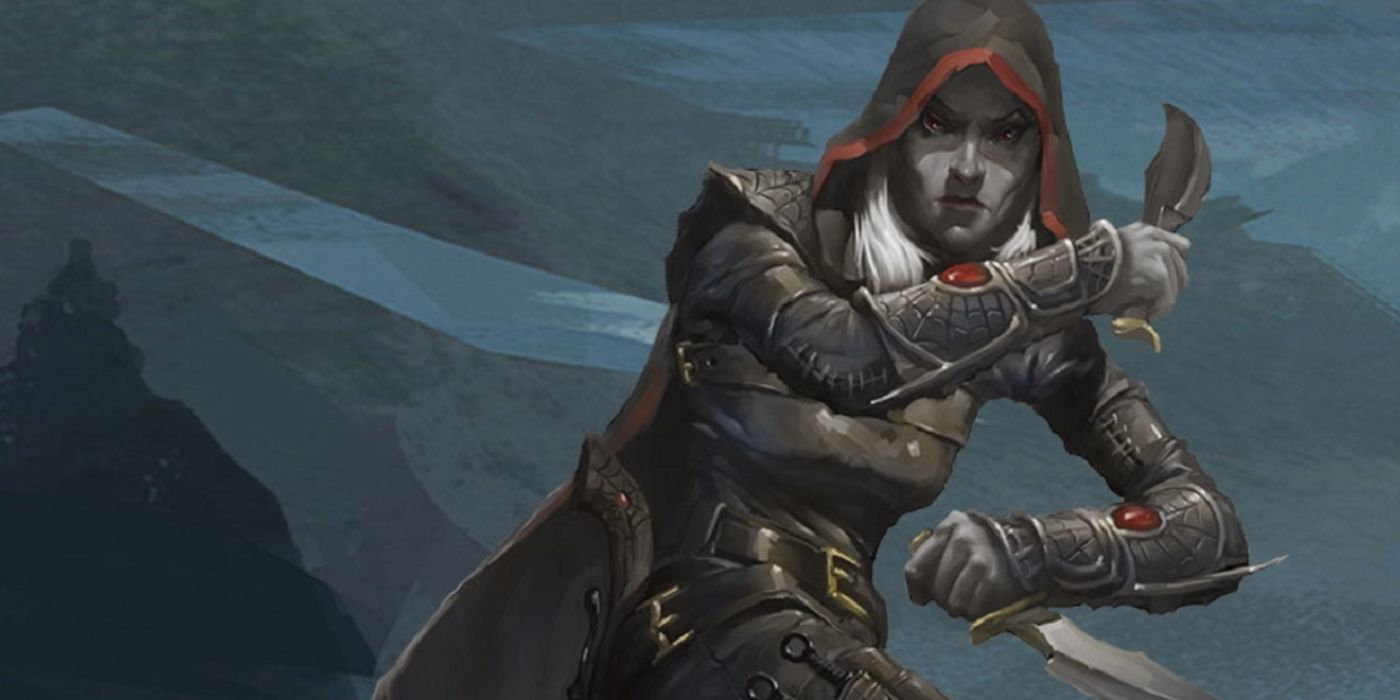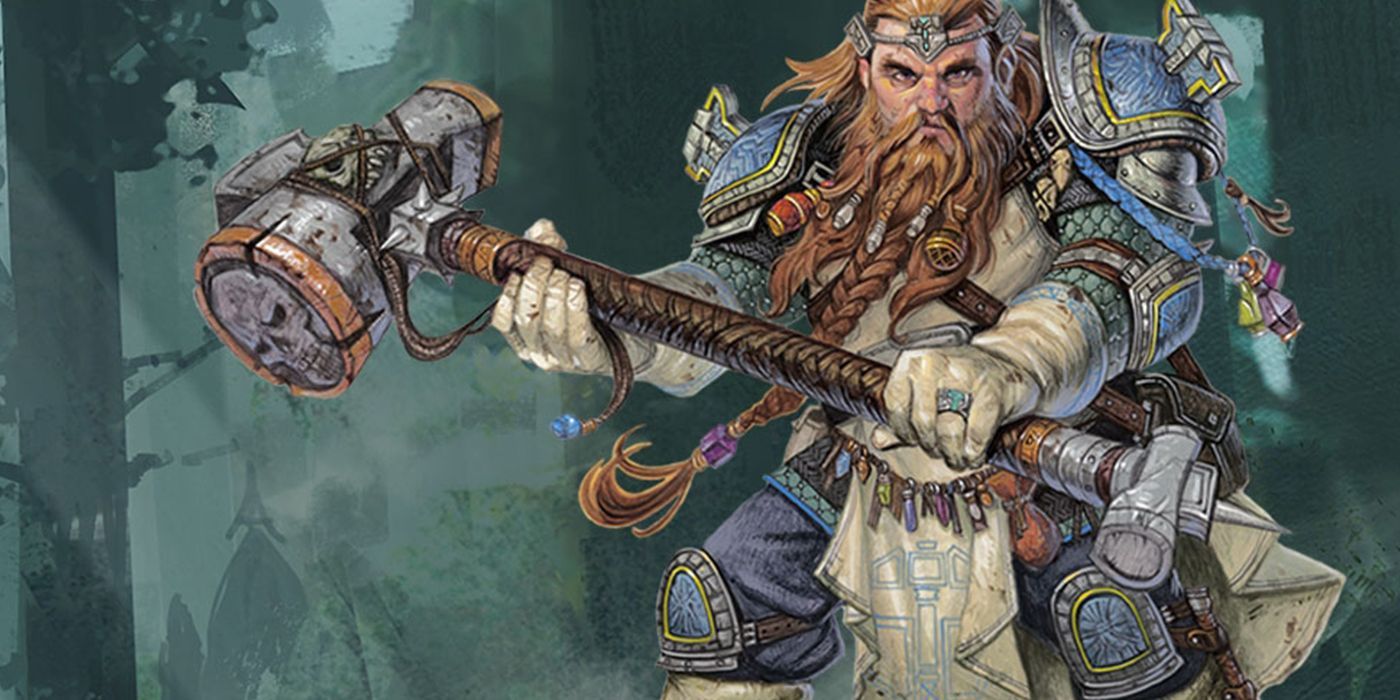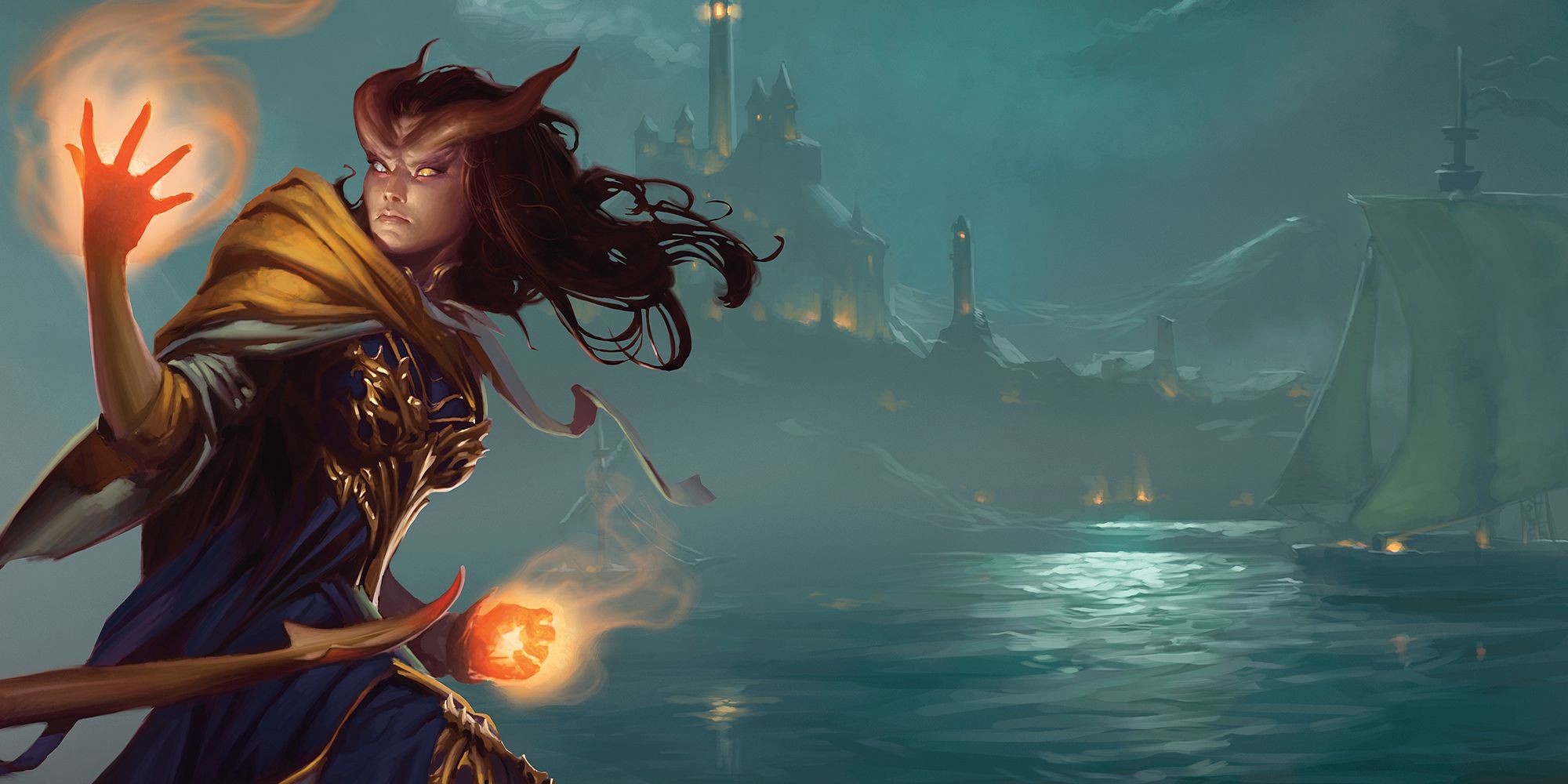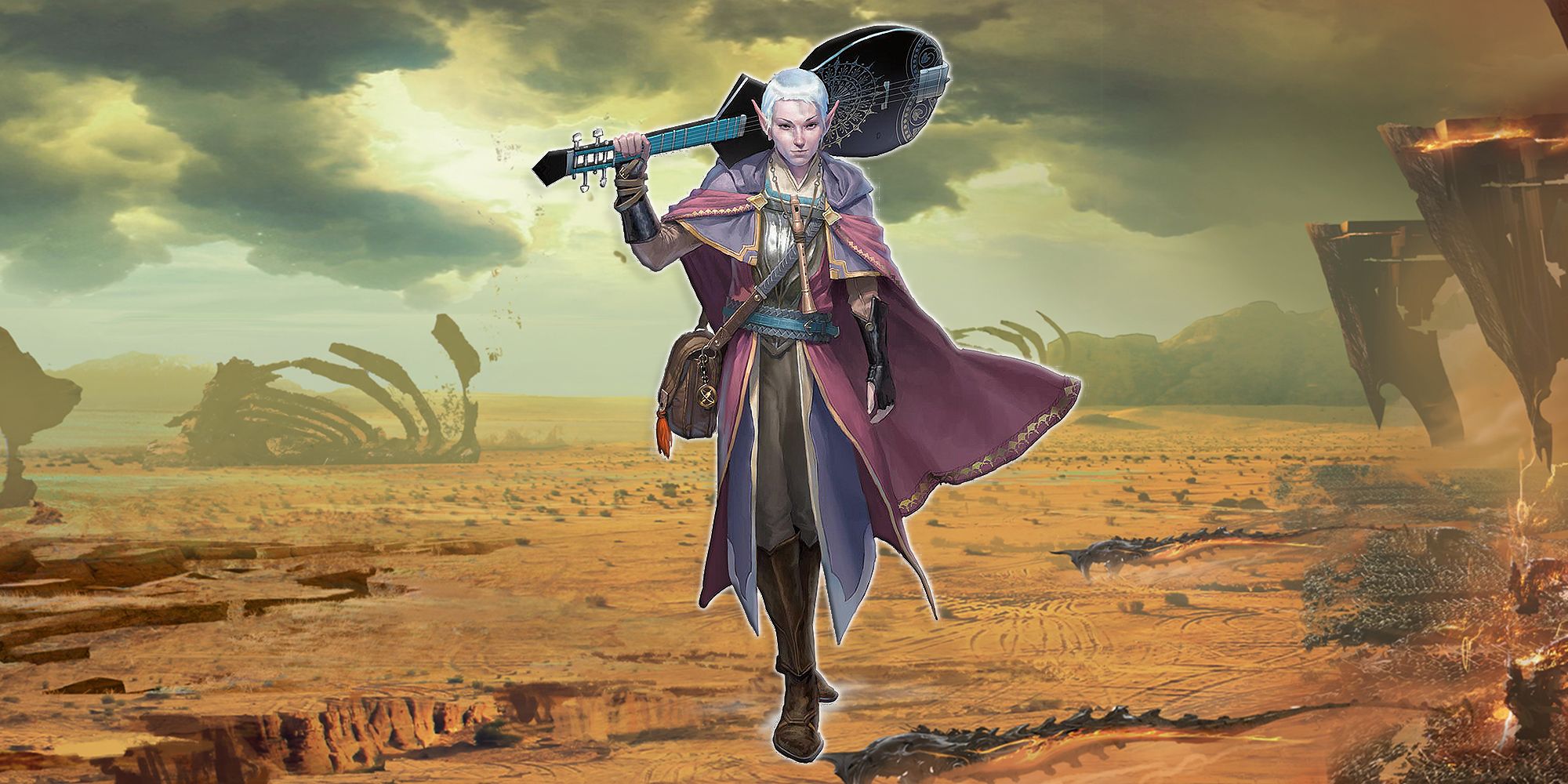With the recently released Unearthed Arcana: Heroes of Krynn, it seems that Wizards of the Coast are preparing for a Dungeons & Dragons Dragonlance campaign setting. The playtest article gave fans new options specific to the Dragonlance setting, including a new subclass, the Lunar Magic Sorcerer.
With 106 official subclasses spread across 13 classes, many players have only been able to play a few of them. Some subclasses get played far more than others, and according to Reddit, some of them don't get nearly enough attention.
Champion Fighter
While the Fighter's Champion martial archetype is well known, it's not given very much attention as a standalone option, despite being one of the original and most powerful subclasses in the Player's Handbook.
As Redditor CptBubbleGum aptly notes, it's widely regarded as being the overly simple-yet-powerful new player choice, it’s typically passed over as a primary option due to its expanding on the Fighter rather than adding new abilities. When the Champion is used, it's often not given the attention it deserves, typically serving as a piece of a character build for increased damage.
Trickery Cleric
Another subclass from the Player's Handbook, the Trickery Cleric domain tends to be overlooked, undeservedly according to Particular-Courage77, although it did get attention with Laura Bailey's character Jester from the second Critical Role campaign.
With the subclass's abilities more geared to roleplay and utility than to combat, many fans tend to overlook Trickery, especially among the other 13 official cleric domains. Players who delve into the Trickery Cleric can still use the cleric's powerful arsenal of healing, support, and damage while also causing mischief and helping the party's Rogue sneak around.
Drunken Master Monk
Released in Xanathar's Guide to Everything, the Drunken Master Monk is a seldom-seen subclass with incredible roleplay potential. In addition to the unique fighting style of a drunkard, the subclass builds on the Monk's skillset, especially their high movement speed, which is exactly why Reddit user milkmandanimal recommends it.
Because the subclass leans into a different side of the roleplay flavor of the Monk, it isn't seen very often; that's also exactly why it should be played at least once.
Alchemist Artificer
Since the Artificer's arrival in Eberron: Rising from the Last War and Tasha's Cauldron of Everything, the Alchemist subclass has often been a lackluster and unpopular choice. But SecretCyan_ argues it's worth another look.
While many feel the subclass is underpowered, the Alchemist deserves more credit; what it lacks in damage power it makes up for in supportive buffs for the player and party. The Artificer already has powerful support capabilities, and the Alchemist's skillset builds on those, especially by giving access to more healing capabilities.
Spirits Bard
Redditor Dizzy_Employee7459 makes quite a compelling argument for this subclass. Van Richten's Guide to Ravenloft introduced the College of Spirits Bard, leaning into the class's identity as a storyteller and the setting's horror theme. Still, Spirits Bards don't see much attention, especially compared to other Bard subclasses like Eloquence and Lore that are often hailed as the strongest subclasses.
Spirits Bards get boosts to healing and damage, a unique, flavorful, and versatile use of their Bardic Inspiration, and extra spells; nothing to sneeze at, and among the more powerful Bard subclasses.
Wild Magic Barbarian
Tasha's Cauldron of Everything introduced the first Wild Magic subclass since the Sorcerer, the Path of Wild Magic Barbarian. With abilities to sense magic, rage-triggered surges of wild magic, and the ability to buff themselves or their allies, SecretCyan_ once again argues in favor of the subclass, as Wild Magic Barbarian offers a new and interesting take on the classic Barbarian.
The Barbarian typically doesn't get much magic, often relying on the broad catalog of Dungeons & Dragons items. While this doesn't give them the ability to cast any spells, it opens up the door for players who typically play spellcasters to try out a melee-oriented class.
Mastermind Rogue
Yet another suggestion from Redditor SecretCyan_, the Mastermind Rogue from Xanathar's Guide to Everything doesn't receive much love in games that don't lean into intrigue, although it's probably underrated by most players.
In combat, their abilities are far weaker than other subclasses, with only two of the five abilities having combat impact, and one of those being a support ability. In games that do feature intrigue, deception, and mystery, the Mastermind's ability to lie and adapt to any social situation has a chance to shine.
Knowledge Cleric
For some game masters, having fleshed out worlds and lore can be the hardest part of running the game, especially when running a large D&D group; a subclass that leans into knowledge and lore consequently can feel underwhelming for the player.
Printed in the Player's Handbook, the Cleric's Knowledge domain is a versatile utility subclass, but as Aethyr38 points out, several of its spells and abilities rely on the GM's information. While not a combat specialist, the Knowledge Cleric can gain any proficiency, improved Intelligence-related skills, and can pry into both a creature’s mind and the past to uncover the GM's secrets.
Sun Soul Monk
Themed around a character's inner light, the Sun Soul Monk was released in Xanathar's Guide to Everything. WastingTimesOnReddit makes a plea in favor of the subclass, as its abilities are flavorful and expand the options of the monk, but it's often overlooked as a weaker subclass of a class that many players already consider underpowered, especially compared to some of the best D&D homebrew classes.
With abilities focused around radiant and fire damage that give the Monk more ranged and area of effect options, the subclass makes up for its lack of combat power with intriguing abilities that build on the unique concept well.
Glamour Bard
As Iknowr1te points out, the College of Glamour Bard offers some of the most powerful charms in the game, along with a number of combat-centric control abilities. Unfortunately, the fey-themed Xanathar's Guide to Everything subclass is often overlooked.
Glamour Bards gain abilities to enthrall a room, buff their allies, control their enemies, and prevent themselves from being hit. On top of the Bard's usual toolbox of skills and magic, the Glamour subclass is one for any player that wants a shot at the fictional spotlight.

